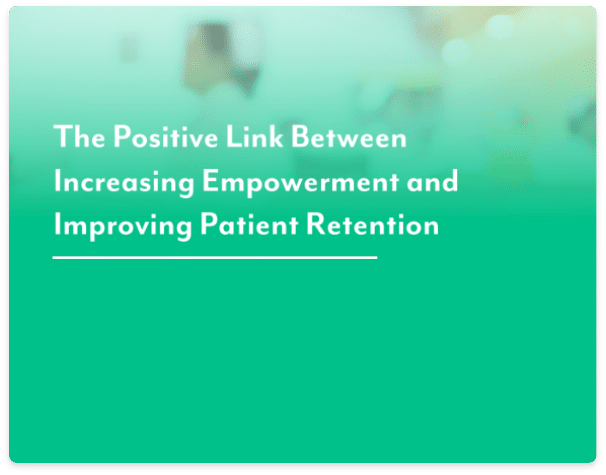As a healthcare professional, you want to deliver the very best care and experiences to your patients, but you also need to do right by your business. If you haven’t set your practice up for success by employing patient collection best practices, your revenue cycle management (RCM) processes are likely forcing you to lose out on essential income.
If you’re trying to improve patient collections in your medical organization, take a look at these seven simple strategies:
1. Know What Your Patients Owe
Make sure your administrative team understands the importance of benefits verification prior to patients’ arrivals.
Doing this work ahead of time will allow your team to:
•Determine if the patient is active;
•Understand which procedures the patient is eligible for
•Estimate costs above what insurance is likely to pay
•Know what the copay is prior to the appointment
2. Communicate with Your Patients
Once you have a better picture of your patients’ benefits and eligibility, communicate your findings to the patients. If there are potential red flags that could harm your RCM down the road, address them upfront.
A phone call to each patient in advance of the appointment will help your staff level-set expectations. If the patient is showing as inactive with the insurance provider, or if the estimated costs exceed the patient’s benefits, this information should not be delivered as a surprise when they arrive at your office.
Increase your revenue in 2017 — GET THE GUIDE
A pre-appointment phone call also allows staff to remind patients of the amount of copay that will be due when they arrive.
3. Be Transparent about Your Expectations
If you employ a “No co-pay, no visit” policy, commit to it and do not make exceptions. This policy should be clearly posted anywhere your patients may see, including your lobby, website, and intake forms. This policy should also be reinforced when your staff makes the pre-appointment phone call to inform patients of their specific benefits.
4. Improve the Ask
Provide ongoing training and roundtable discussions so your team can learn from each other and gain support that will help them become more comfortable with the process.
Be sure to track the refusal and objection reasons your patients give when they’re asked to pay their copays so you can get a better picture of the bottlenecks and work to implement further process improvements in the future.
5. Educate Your Patients
Your staff should take each opportunity available to educate your patients about their plans.
Take FSAs for example. If it’s the end of the year, remind them that they’ll no longer be able to use the money in that account soon, so they should be sure to use it to pay for their visit so they don’t lose money. This is also when you can help patients understand how to estimate annual medical expenses and allocate the costs across monthly or per-paycheck contributions
6. Offer Payment Plans
Installment plans provide a great compromise for patients who need costly services and practices who need to be paid. Solidify the terms in writing, including penalties for missed payments.
7. Utilize Patient Portals
Online and mobile bill pay options make a huge difference. The increased convenience and ability to pay any time of day by way of a credit card has boosted patient collections substantially. AthenaResearch reported, “[T]otal patient bill collections increased by approximately 30 percent last year; bill collections via the patient portal, however, increased by 77 percent,” according to PatientEngagementHIT.com.
You don’t have to completely overhaul your RCM processes overnight. By making some adjustments to your existing system and integrating these seven simple strategies for improving patient collections, you’ll likely begin to see positive results soon. It’s all about keeping patients and engaged and providing them with the best possible healthcare experiences.
{{cta(’71f7e382-8393-481c-b7fb-f6ec9389fda6′)}}







